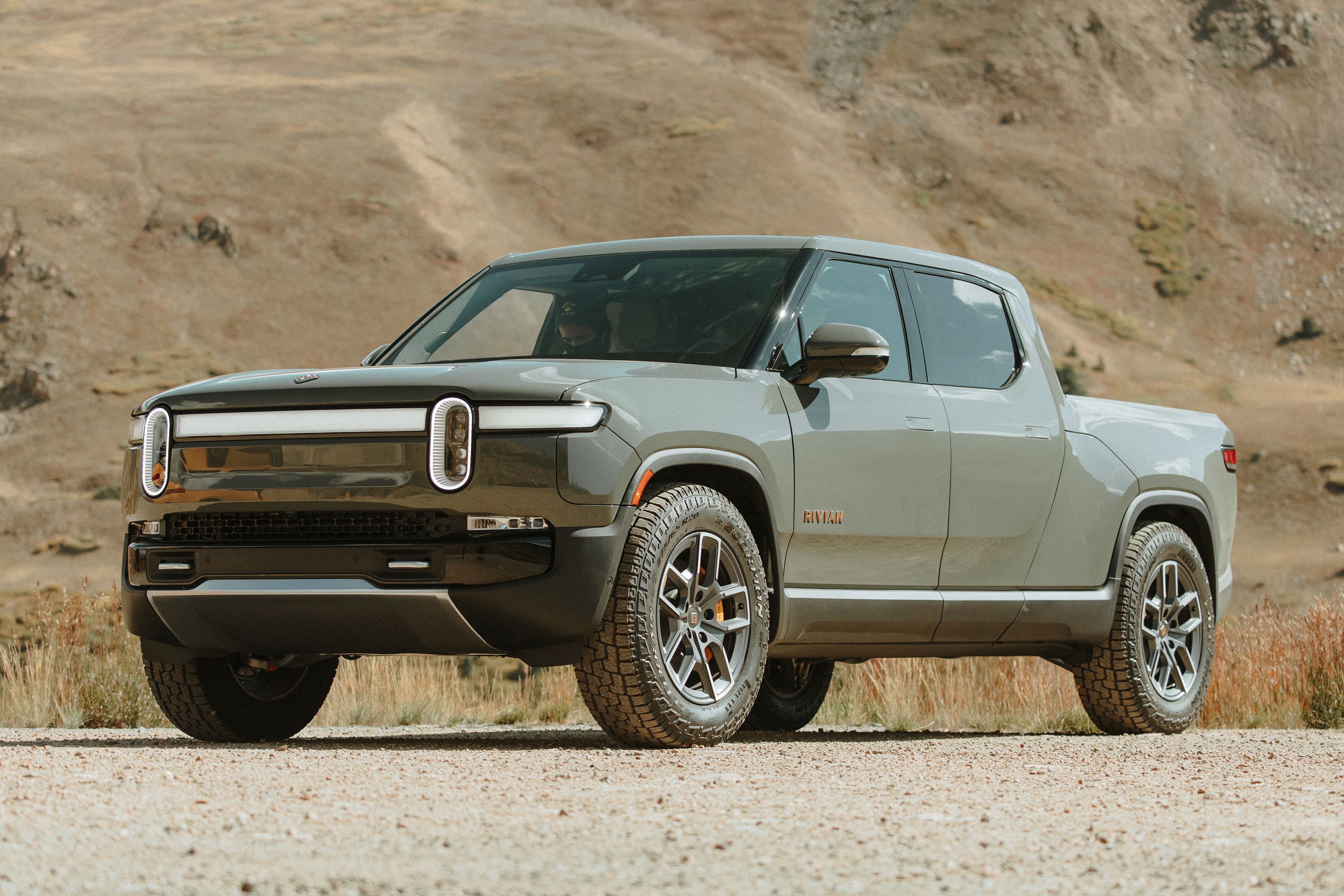Unlike a good number of hopeful electric car startups, Rivian seems to know what it's doing. Think about it. The three best-selling vehicles in America are all trucks, so why not build an electric truck and cater to that market? And sure, maybe truck owners will be the most fervent of holdouts when the internal combustion engine's time arrives and EVs are everywhere, but at the same time, there are benefits to electric powertrains that truck buyers seeking utility might be interested in.
Rivian is being clever and pandering to those utility buyers by highlighting how the R1T benefits from extra storage and cabin space - features enabled by the lack of a gasoline engine, a transmission, and driveshaft. And even those concerned about range, have a new solution from Rivian.
It's necessary since 400 miles of range, fast-charging capabilities, and available auxiliary battery packs to top off the R1T are effective, but may not be enough. But in an interview with The Drive, Rivian CEO RJ Scaringe revealed that his company's vehicles will also have another layer of range insurance coming from an ability to share power with each other through vehicle-to-vehicle charging technology.
"You're starting to get into the long tail of use cases, but even there we've designed the vehicle so you can have auxiliary battery packs," said Scaringe during the interview. "You can also charge Rivian-to-Rivian, which is a neat thing. You connect the two vehicles and then I could hand you some electrons. That takes us to the limit, and of course, you can always find a corner of the world where it won't work, just like you can't find a gas station in Antarctica. You won't be able to find a plug in Antarctica, so there are natural limitations."
Just like Scaringe said, there are limitations to electric vehicle technology. Even with incredible range and the ability to be hooked up to external battery packs (including one from another Rivian), an R1T, or any EV for that matter, is probably not the car you want to bring on a remote world-trekking expedition.
But on the other hand, most truck buyers in the US don't use their pickups that way either. And of the owners that do use their trucks the way they're intended to be used - the construction workers and outdoors enthusiasts - they're usually not far away from other truck owners on the job site or in national parks. If the truck of the future ends up being something like the R1T, then it's easy to imagine a fully-charged truck lending another some juice while its owners are taking a lunch break or kayaking the nearest rapid.

